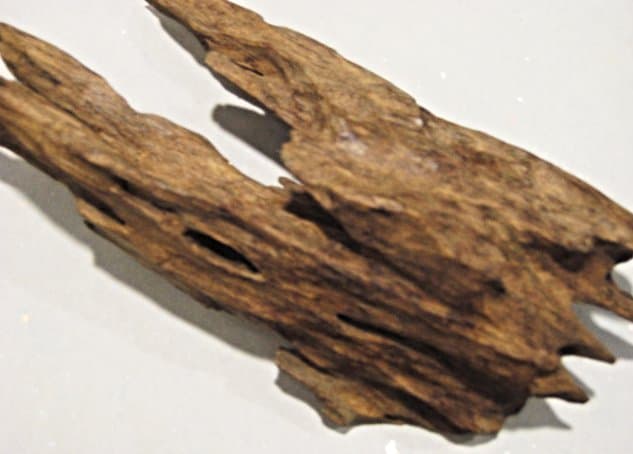Fragrance of the orange
Flowering at last in June
Wafts through the summer night
The memory of scented sleeves
Of someone long ago
Scent has an amazing power to evoke and transport, to bring back a sudden memory of somewhere or someone once loved and long forgotten.
The Japanese have always celebrated scent but not quite in the same way we do. In the Heian period, around the eleventh century, accomplished young noblemen prided themselves on their skill in mixing scents. The world’s first novel, The Tale of Genji, is set in a society in which noblewomen lived hidden away in their palaces, occasionally letting a gorgeous brocade sleeve dangle from a carriage window to hint at their beauty.
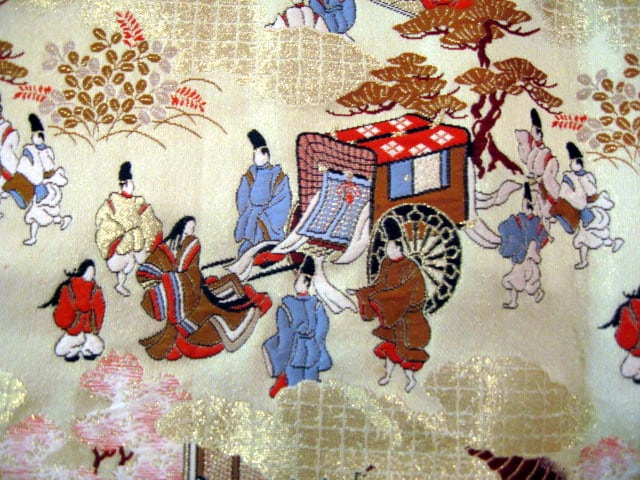
Shining Prince Genji, the hero of the novel, and his amorous friends would creep in to visit them at dead of night. But no matter how dark it was the ladies always recognised the intruder visitor by his distinctive scent.
While we have developed oil-based perfumes, the Japanese have perfected the art of heating the woods which form the basis of their scents so that they produce no smoke, only fragrance. Till the mid-nineteenth century women scented their kimonos overnight, laying them on a wooden framework over an incense burner, and draped their glossy long black hair over incense burners to scent it.
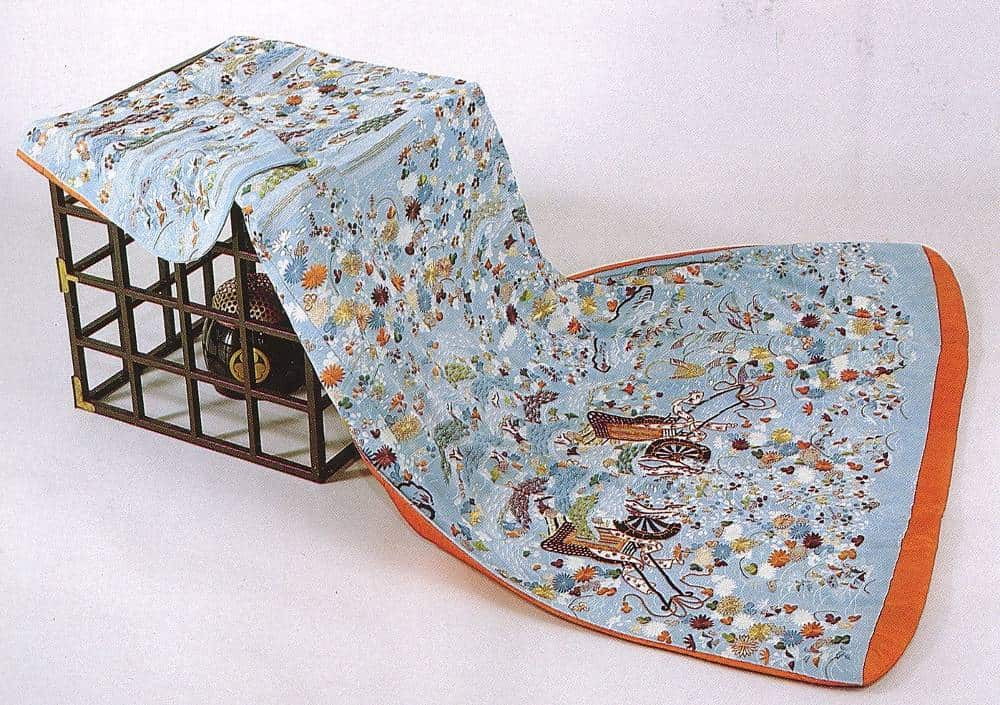
Young men about town, geisha and courtesans carried pieces of scented wood in their sleeves and rub powdered scent onto their hands and neck.
In modern Japan the art of ‘listening to scent’ is the most recherché of accomplishments, a level above tea ceremony and flower arrangement. It’s a game but also a fine art, akin to wine-tasting. It takes years of study and there are at least as many variations and bouquets as there are wines, probably more.
I’ve been fortunate enough to try the incense-guessing game in the city of Kanazawa and a few times in Tokyo. As with tea ceremony, the implements are beautiful works of art in themselves.
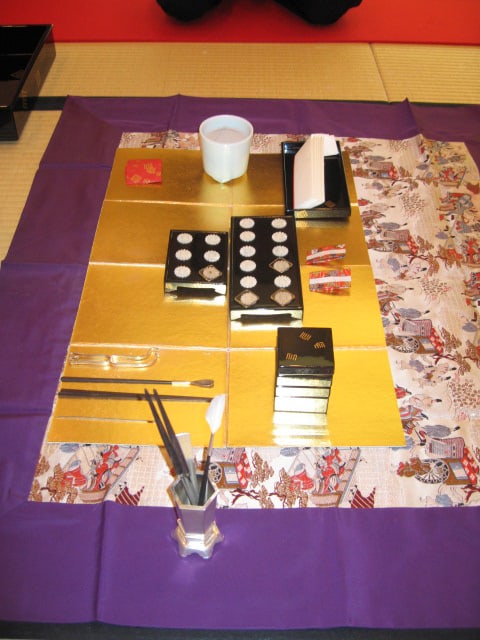
The incense censer holds hot ashes with a tiny fragment of incense laid on top.
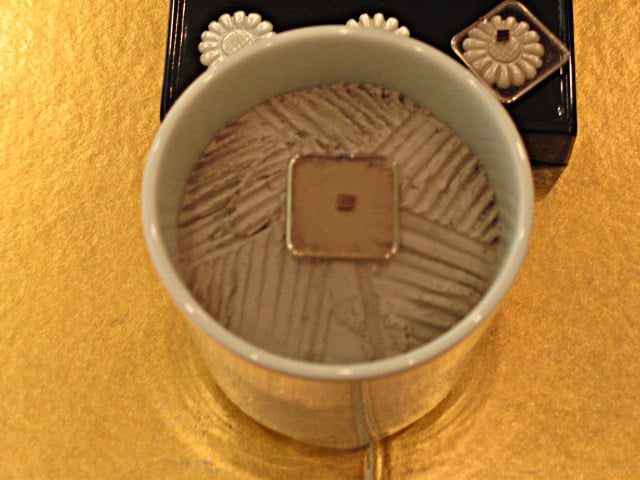
Players kneel in a row or a square and pass the censer around and take turns to inhale the scent and try to name the incense.
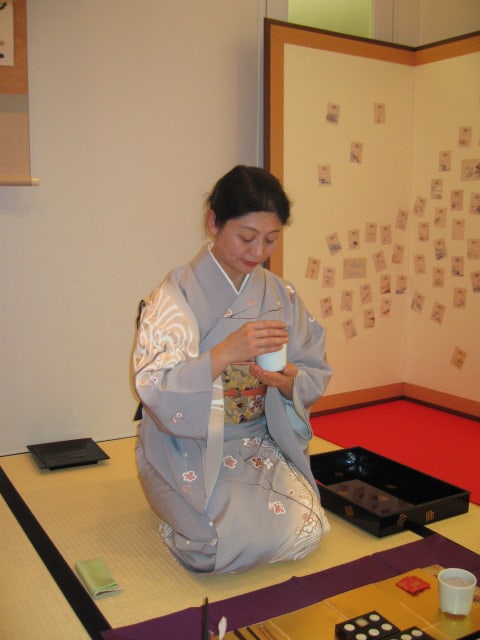
As with tea ceremony it’s a social activity yet also peaceful and contemplative. For a beginner it’s extremely difficult to tell the different scents apart. However, no one could forget the most exquisite and expensive scent of all: kyara. Imported from Vietnam, it’s an ancient wood that takes thousands of years to develop and, so I’m told, costs many times more than the equivalent weight of gold.
